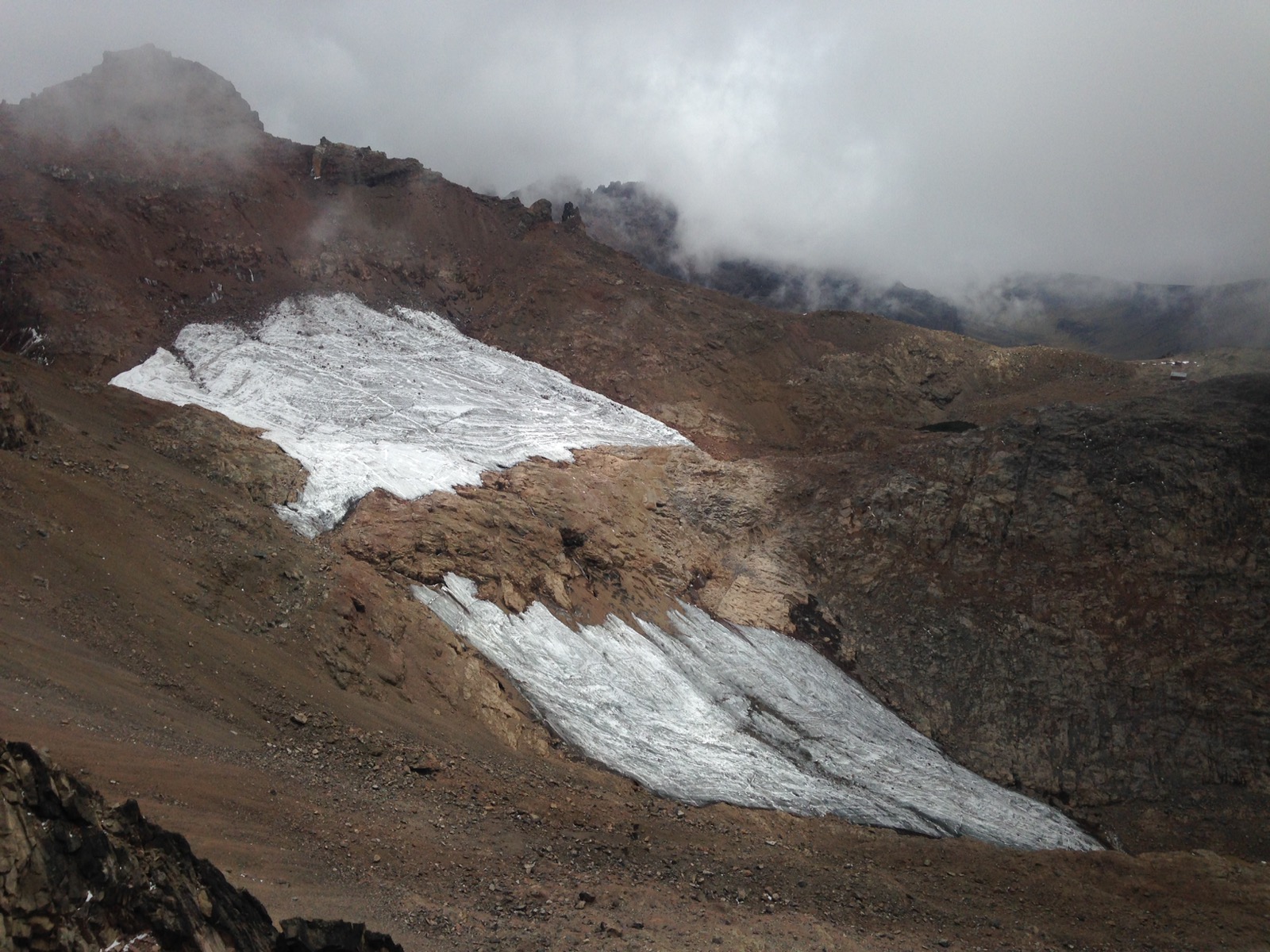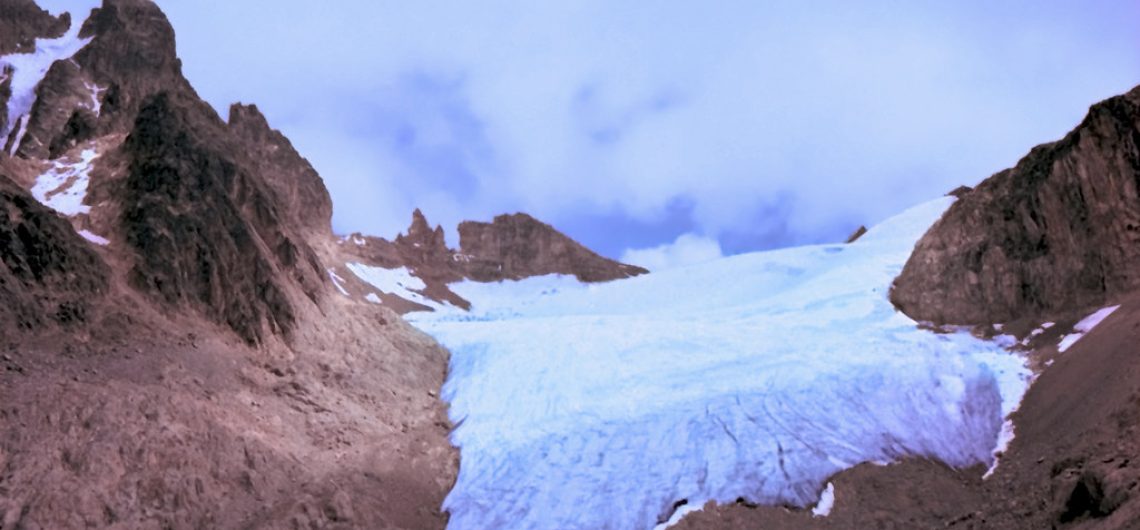Mount Kenya, which is the tallest mountain in Kenya and the second highest mountain in Africa, is one of the water towers in the country. It is also the source of numerous rivers and streams that flow into the mighty Tana River, which is Kenya’s longest river and the location of one of the largest water reservoirs in the country, the Masinga Dam. Additionally, the Ewaso Nyiro is the lifeline of the arid north.
Water is essential to the survival of millions of people, both upstream and downstream, who rely on the mountain.
Despite being located directly on the Equator, the mountain has relied on the water that has been sourced from the numerous glaciers that begin at an elevation of 15,000 feet above sea level over the course of several centuries.
Even though a drought warning has already been issued for the region, the glaciers are rapidly melting, and it is anticipated that this process will swiftly accelerate. It has already been reported that any rivers and streams that were located near the mountain had dried up.
The first scientific expedition to Mount Kenya was led by the well-known British geologist Dr. John W. Gregory in the year 1893. However, the team was unable to surpass the ice glaciers and reach the peak of the mountain.
A blanket of ice and snow covered the summit of the mountain. Before beginning his descent, he remained at an altitude of 15,000 feet for several hours at what would subsequently be referred to as the Lewis Glacier.
Batian, which is located at an elevation of 17,340 feet, was the first mountain to be conquered by Sir Halford Mackinder and two friends. They arrived at the summit at midday on September 13, 1899. To reach the summit of the mountain, they had to traverse a massive ice sheet that would later be referred to as the Lewis Glacier.
Recent accounts from climbs up the mountain tell a different story than what was previously believed.
Benson Maina, a naturalist at the Serena Mountain Lodge, is pointing to Nelion Peak, the second-highest mountain, as he looks up at the Batian summit on a clear morning a few days into the year 2017. To reach the peak, one must first traverse the Lewis Glacier. It is no longer possible to find the Gregory Glacier, which was located nearby.
The glaciers are gradually vanishing, according to Maina, who has climbed the peak hundreds of times since the year 2010. It is projected that all of the glaciers that are located on Mount Kenya will have vanished over the next thirty years, thanks in major part to the effects of climate change.
“Before a few years ago, it was impossible to ascend to the Lobelia alpine zone at 11,500 feet without using suitable climbing shoes since the terrain was so muddy and swampy. At this point, I can walk up in my safari shoes.
As we continue to make our way through the forest on the lower slopes, Maina continues, “Over the past twenty years, we have experienced a decrease in rainfall, which has resulted in the rivers drying up.” “The year 2016 marked the first Christmas with no precipitation,” said the speaker.
However, that is not the only change that has occurred. The Krapf Glacier was the first glacier to melt away, and it did so in 1926. Dr. Ludwig Krapt had initially documented its location in 1849. As of now, just six or seven of the sixteen glaciers that were known to exist a century ago are still in existence, and they are melting at an alarming rate.
Since 1934, the Lewis Glacier, along with other significant tropical glaciers around the world, has been subjected to substantial research and investigation. According to a survey that was conducted in 1995, it was noted that “climatic forcing of the glacier recession has underscored in recent years.”
It was in the 1980s that the area of glaciers on the mountain was measured, and it was recorded as approximately 0.7 square kilometres. This is a significant decrease from the initial observations that were taken in the 1890s. It has been reported by the Mountain Club of Kenya that the amount of new snow that accumulates in the winter months is lower than the amount of snow that melts in the summer months, which results in the mountain not forming any new ice.
Mount Kenya is home to several glaciers, although their number and size have been diminishing due to climate change. Some of the prominent glaciers that have been identified on Mount Kenya include:
- Lewis Glacier
- Tyndall Glacier
- Gregory Glacier
- Diamond Glacier
- Darwin Glacier
- Forel Glacier
- Heim Glacier
- Josef Glacier
- Hell’s Gate Glacier
- Cesar Glacier
These glaciers, although once significant features of Mount Kenya’s landscape, have been shrinking rapidly in recent years. Efforts to document and monitor their retreat are crucial for understanding the impact of climate change on the mountain’s ecosystem and water resources.
The disappearance of Lewis Glacier
There have been some recent studies that have looked into the phenomenon of glaciers retreating dramatically in the tropical mountains of Africa. The Lewis glacier, which happens to be the largest glacier on Mount Kenya, has been the subject of extensive research ever since the mapping expedition that Troll and Wien conducted in 1934. This study focuses on the Lewis glacier. Based on a first comprehensive repeat photography campaign that utilized original archival material (photographs and maps from a variety of years), multi-temporal and multi-scale remote sensing data, and a drone-derived orthophoto and high-resolution DEM from 2018, we were able to quantify the changes in glacier areas and volume between the years 1934, 1963, 1983, 2004, 2015, and 2018. Since 1934, the glacier area has dropped from 0.49 km2 to 0.04 km2; in 2018, it was 0.04 km2. It is not until June 2015 that the connectivity of the glacier body is documented, however, it is not until January 2016 that the Lewis glacier is seen to be divided into two different pieces. This equatorial glacier is anticipated to undergo its final demise sometime between the years 2027 and 2029, depending on the extrapolation method that is used.

Climate change is the cause of all this
Three mountains that are covered in glaciers can be found in Africa. Scientists predict that the glaciers will disappear within the next few decades. It is anticipated by academics that Mount Kenya will be the first to vanish, and they anticipate that this may happen as soon as the year 2030. There is a possibility that the mountain might be among the first in the world to completely lose its glaciers as a result of climate change caused by humans.
The peaks of Mount Kenya, which were once covered in blinding white ice but are now covered in parched brown, are a witness to the losses that have already been endured in this region of Africa and a foreshadowing of what is to come.
This peak, which is approximately 85 miles north of Nairobi and stands at an elevation of 17,000 feet, is the second-highest mountain in Africa. For many years, Mount Kenya has been a destination for tourists, a subject of scientific research, a source of amazement, and a source of folklore. In addition, its grassy slopes have become a haven for Kenyans who have been afflicted by a drought that has lasted for years and is connected to climate change. Despite this, rain is occurring less frequently than it did in the past.
The lack of rain that has occurred in recent years has caused harvests to fail on farms that were once rich in fertility along the base of the mountain. Farmers have attempted to draw water from the streams and rivers that are located on Mount Kenya; however, these water sources have already been depleted due to excessive use and decreased rainfall.
As temperatures have risen and rainfall patterns in Kenya have become less predictable, every aspect of Mount Kenya’s environment has been affected. This includes the mountain’s grasslands, marshy heathlands, and mixed forests, among other ecosystems. There have been cases of certain plant species moving up the mountain. As a result of human activity, entire ecosystems, such as the bamboo forest, are in danger of being depleted.
Many of the once-famous ice-climbing routes, such as the legendary Diamond Couloir, which was pioneered by the creator of Patagonia in 1975, are now nearly impossible to climb since there is so little ice left.
According to the findings of researchers who have investigated the glaciers that are receding on Mount Kenya and Mount Kilimanjaro in Tanzania, the shrinkage of these glaciers is mostly driven by changes in the weather patterns of the ocean that are linked to global warming. Because of these changes, there has been less predictability in the rain over East Africa, and there have been lengthier times of drought across the continent. On the other hand, there has been less snowfall in the mountains.
Douglas Hardy, a glacier specialist at the University of Massachusetts at Amherst, stated that the glaciers would perish if they did not receive any snowfall. “The same reason that people are suffering is that there is not enough precipitation,” the speaker said.
During the most recent ice age, this mountain was covered with expanses of white ice that covered significant portions of the mountain. During the process of glaciers receding, they left behind the sloping valleys and stony moraines that are now traversed by hikers.
There are moraines everywhere in the world today. Since 1899, when there were 18 glaciers on the mountain, there have been just 10 glaciers on the summit as of 2004. Because of this, scientists believe that the loss has only accelerated since then.
It is because glaciers are getting smaller that they are receiving less snowfall to shield them from the sun’s rays. According to Rainer Prinz, a glaciologist who has led studies of the Lewis Glacier by researchers at the University of Innsbruck in Austria, the rate at which a glacier melts increases in proportion to the size of the glacier.
According to Prinz, the length of time it will continue to exist is contingent, in part, on a gloomy question: at what point does a glacier have to become so little that it is no longer called a glacier at all?
To discover whether or whether the glaciers on Mount Kenya could be preserved by modifying the environment in some way, such as by making it slightly colder, slightly wetter, or slightly snowier, his team conducted laboratory experiments.
![]()


Comments